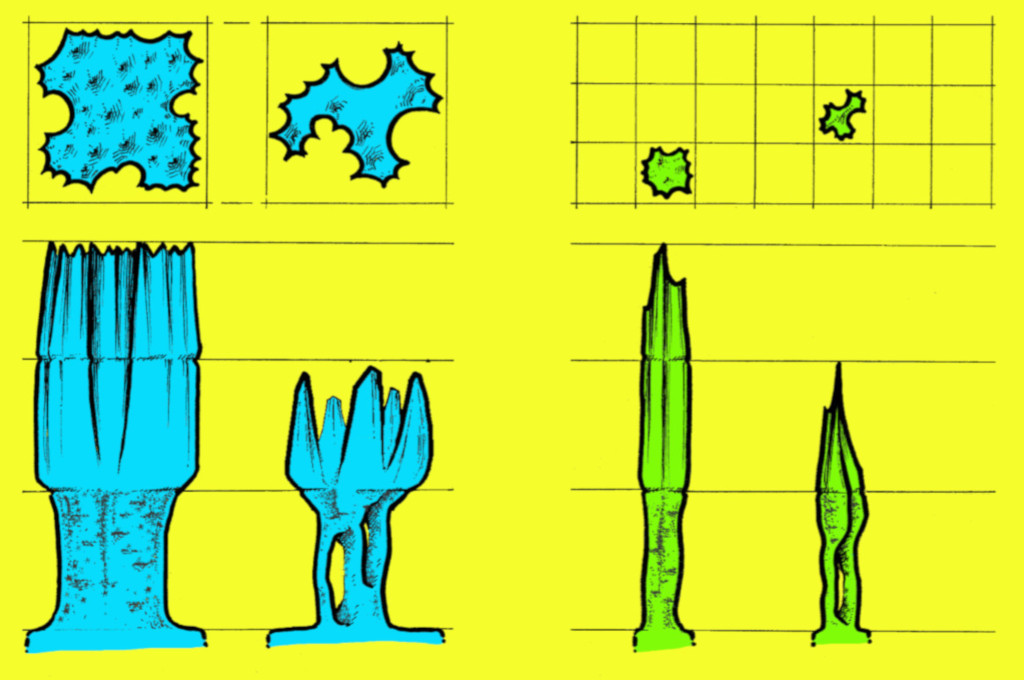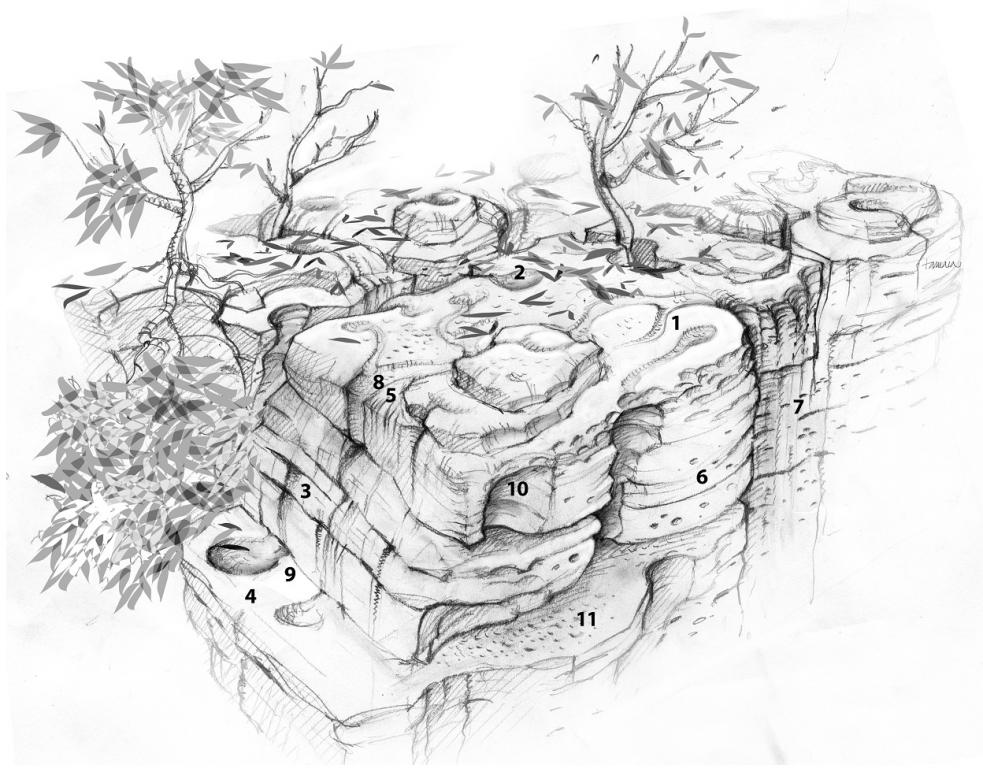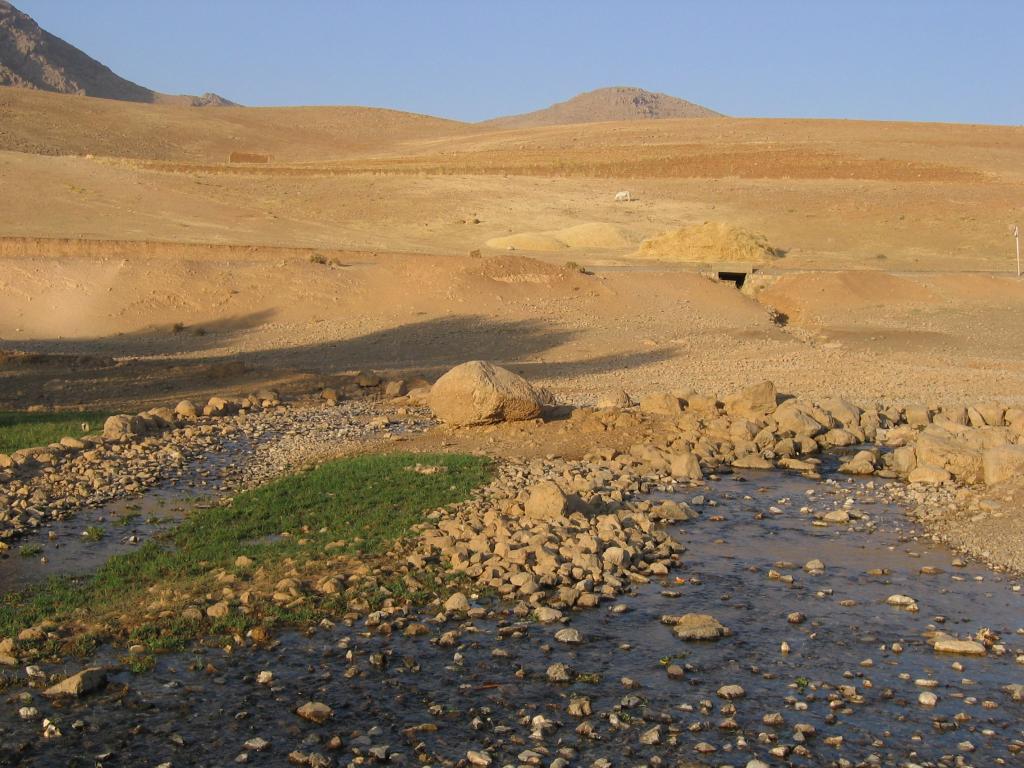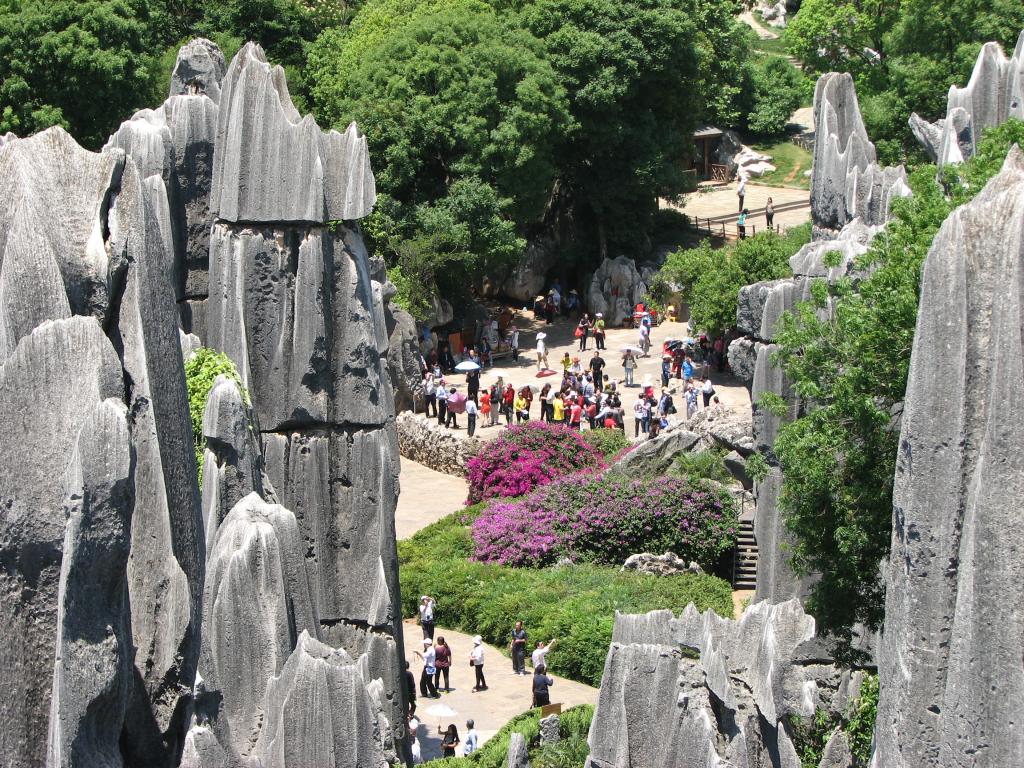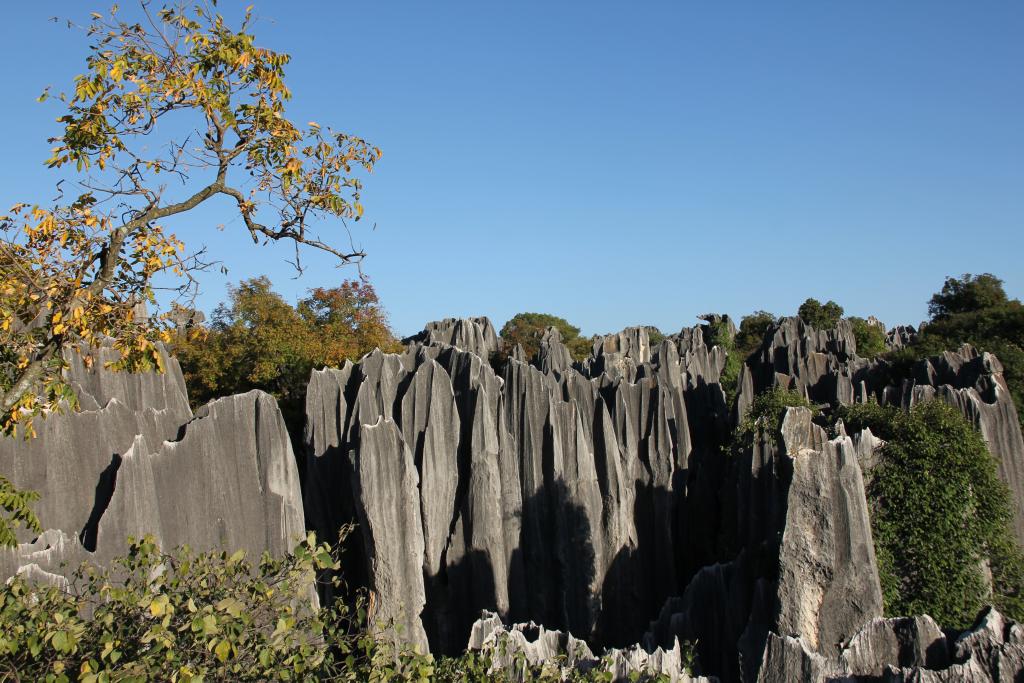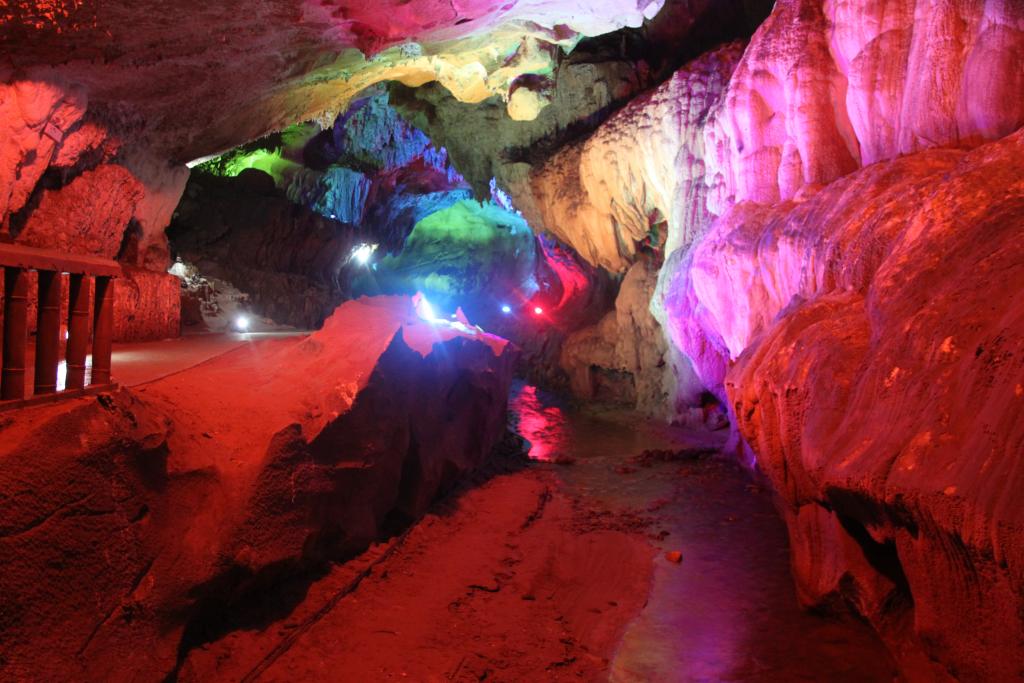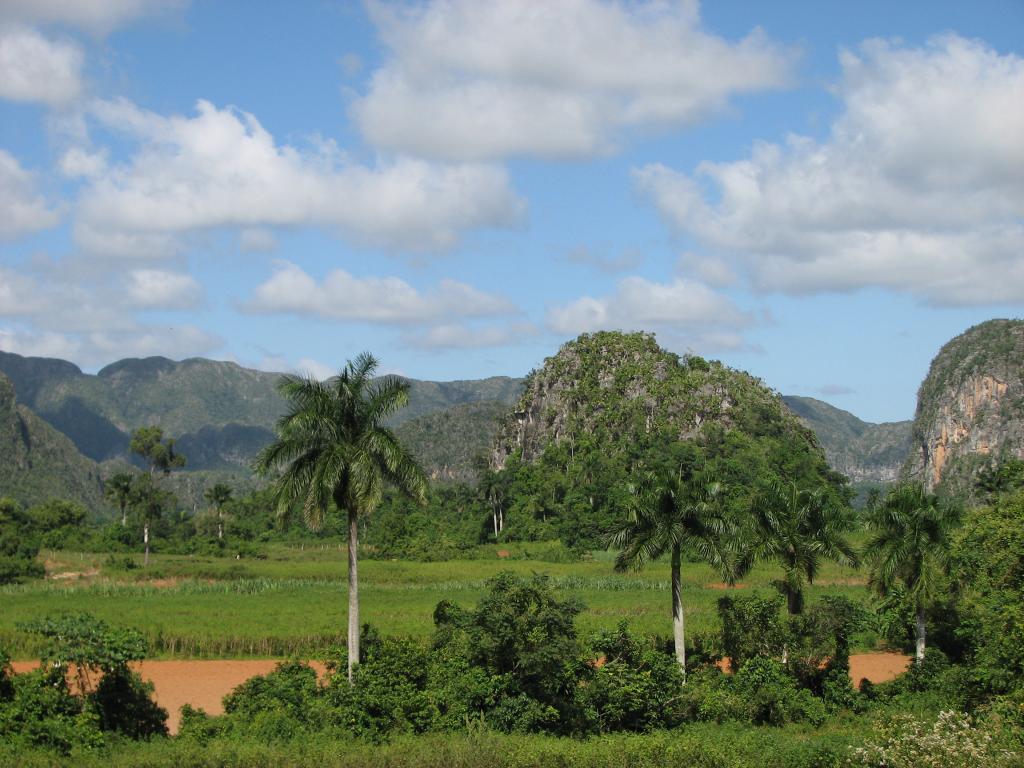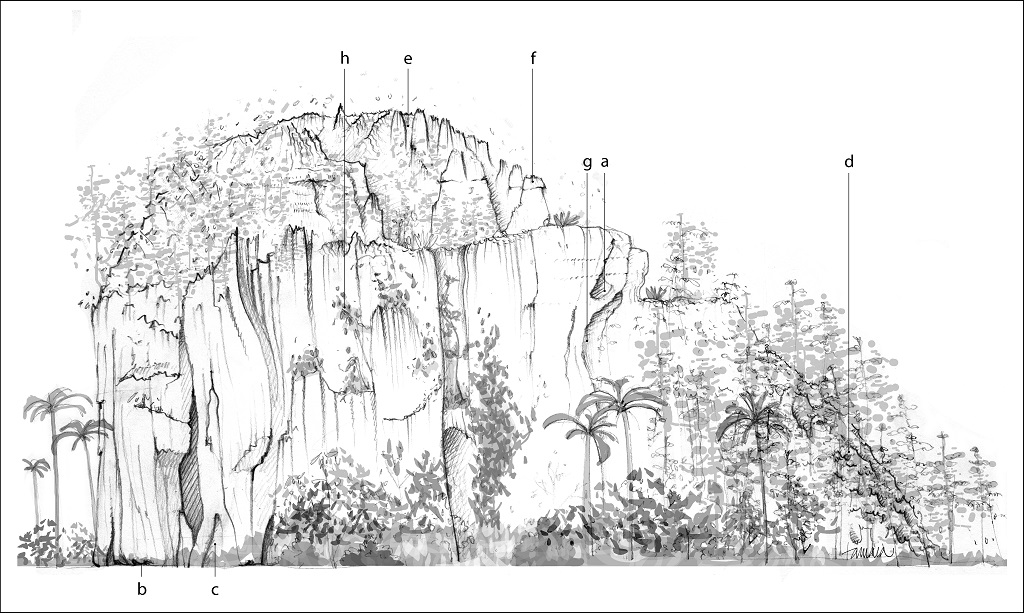Study of Rock Relief, Important Trace of the Formation and Evolution of Karst Caves and Surface on Diverse Carbonate Rocks and under Diverse Conditions
The newly conceived and presented findings from monitoring the construction of Slovenian motorways and the findings from the planning of the rail link between Divača and Koper have been published in successful books from the Springer publishing house.
The book Karstology in the Classical Karst is currently in print. In it, we have presented the most important areas of karstology and integrated them into a comprehensive understanding of the karst.
Recently, we have devoted special attention to the evolution of the rock surface on marmorized carbonate rocks in the cold environment of southern Siberia. In sunny areas, disintegration and scaly splitting are predominant. When humidity is present, the rocks, mostly old Palaeozoic, are sensitive to great changes in temperature (around 1000C) in the characteristic continental climate due to frost in the winter and overheating in the summer. The special and rapid form of weathering and karstification of the marbles is mostly the consequence of mechanical erosion and the subordinate classic karstification. We have finished our research of the rock relief of the Japanese coral island of Minamidaito, which is exposed to typhoons with winds reaching more than 300 km/h and whose peak is composed of young Pliocene coral reef limestones and dolomitized limestones. Most of the porous limestones are composed of nearly 100% calcium carbonate; they karstify and erode very rapidly due to the weather conditions. We have finished our research of Dalmatian karren on slightly inclined beds of highly homogeneous yet vertically fissured Cretaceous limestones, which are disintegrating on the edges; and of the evolution of slope karren in Sicily, which have formed on granular and tectonically crushed Triassic rock. We have continued our extensive research of the similar formation, evolution, and denudation of the soil and alluvia in the stone forests of China, which have formed on structurally highly diverse Palaeozoic and in some places almost fully dolomitized limestones. We are preparing a third book on the South China Karst. We are researching the forest karren in Slovenia, the karren in southern Provence, France, and the stone forests in the Peruaçu National Park in Brazil.
We were the first to introduce an evolutionary understanding of the formation of the rock surface, i.e. the evolutionary transforming of rock forms and relief under the same or altered conditions and on different rocks. Besides the climate conditions, the type and structure of the rock are essential for the manner and rate of karstification. By means of laboratory modelling in plaster of Paris we have precisely defined the evolutionary model of the shaping of carbonate rock by rain. We have also begun work on the website Karren of the World.
